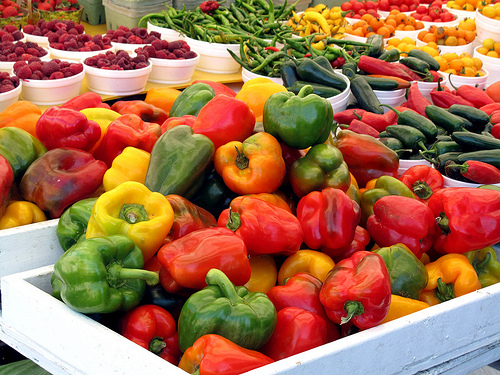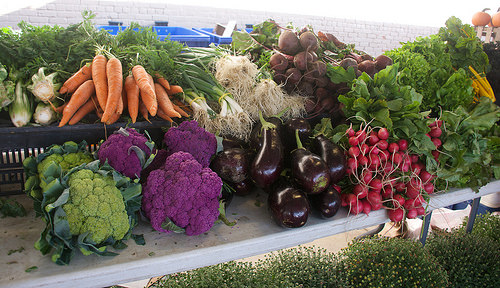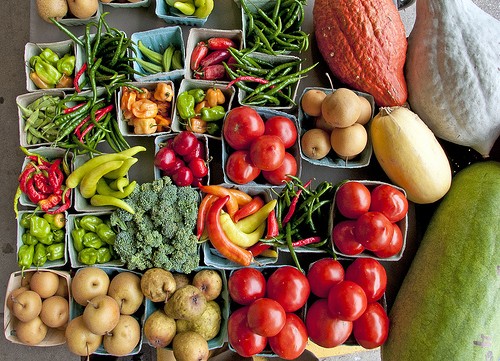Fall has long been associated with pumpkins. Once September rolls around, we find ourselves surrounded by pumpkin – stores and bakeries are filled with pumpkin muffins, cakes, and pies, and there’s a lot of talk about pumpkin spice drinks from a certain popular coffee chain.
But pumpkin isn’t the only wonderful food that fall brings. Visit your local farmers’ market and you’ll find a beautiful array of nutritious produce this time of year.
If you normally shop at a grocery store, you are likely used to seeing all kinds of produce all year long, because food is shipped in from all over the world. You might not know which fruits and vegetables are seasonal and which are not.
For that reason, shopping at farmers’ markets and roadside stands is ideal. You’ll know you are getting fresh, local (and thus, seasonal) food.
Oh, and you’ll also be supporting local farmers – it’s a win-win situation!
Why is eating seasonally a good idea?
Daisy Luther of The Organic Prepper explains:
It’s more self-reliant: If you farm or garden, by planning your menus seasonally you can eat delicious healthy food from your own property without a weekly trip to the store.
It’s less expensive: If you don’t insist on fresh asparagus in November or acorn squash in March, then you won’t be paying that huge premium that the grocery store charges for those out-of-season delicacies. Generally speaking, if you watch your fliers, you’ll notice that whatever fruits and vegetables are in season locally are the least expensive options at the store. As well, your farmer’s markets are also laden with local bounty. You’ll notice that at the height of every harvest, there is a point at which certain fruits or vegetables are sold in larger containers for less money.
Nature provides what your body needs: Nature provides certain foods at certain times because that is when your body needs them the most. They are also less likely to be drenched in pesticides, fertilizers and fungicides if the plants are growing as nature intended them too. In the fall, you should begin to look for foods that provide more warmth – carrots, sweet potatoes, apples, and pumpkins, to name a few. As well, the beta-carotene in many of these autumn treats will boost the body’s germ fighting cells to strengthen your immune system for the upcoming cold and flu season.
Availability of fall fruits and vegetables will depend on your region’s climate, of course. Visit local farmers’ markets or stop by that road stand you pass every day to see what is available in your region.
Here’s a list of what you might find:
Apples, arugula, artichokes, Asian pears, beets, broccoli, broccoli rabe (rapini), Brussels sprouts, cabbage, carrots, cauliflower, celery, chard, chicories, chilies, collard greens, corn, cranberries, cucumbers, eggplant, fennel, figs, garlic, grapes, green beans, green onions (scallions), herbs, horseradish, Jerusalem artichokes, kale, kohlrabi, leeks, lettuce, mesclun, mustard greens, mushrooms, okra, onions, parsnips, pears, peas, peppers, persimmons, pomegranates, potatoes, pumpkins, quinces, radishes, raspberries, rutabagas, shallots, spinach, sweet potatoes, tomatillos, tomatoes, turnips, winter squash, zucchini
To find farms or farmers’ markets in your area, visit the sites Local Harvest and CISA.
Once you stock up on fresh fall produce, try some of these recipes.
8 Delicious Things to Make With Pumpkin
Roasted Butternut Squash With Sage and Cranberries
This article was originally published at Ready Nutrition™ on October 16th, 2014









